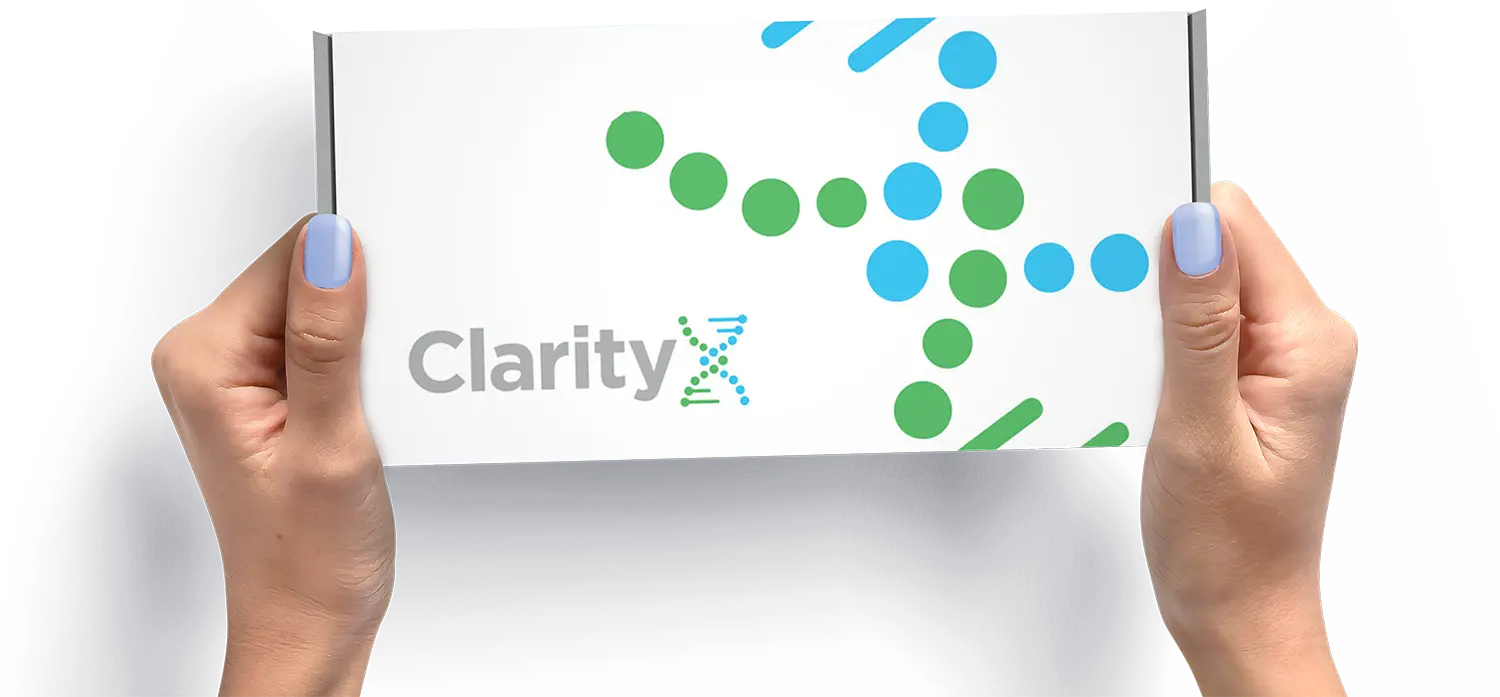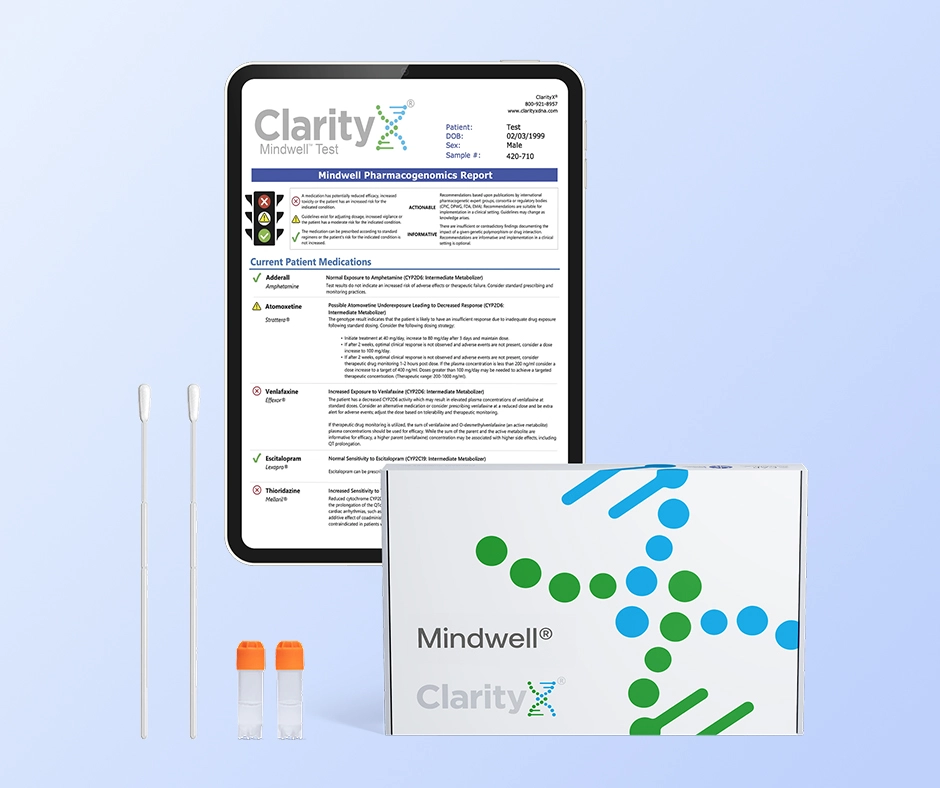In the United States, over 6 million children have been diagnosed with attention deficit hyperactivity disorder (ADHD). While the condition is well-known, there’s lots of misinformation about its exact nature — many people don’t understand the difference between ADHD and ADD (attention deficit disorder). Let’s take a closer look at these conditions, their symptoms and how they’re treated.
What Is ADHD?
Attention deficit hyperactivity disorder (ADHD) is a chronic mental health condition characterized by inattentiveness and hyperactivity. Although it’s usually diagnosed in children, approximately 5% of American adults have the condition as well. It can be divided into the following categories:
- Primarily inattentive
- Primarily hyperactive-impulsive
- Combined
People with primarily inattentive ADHD tend to struggle with concentration and have limited attention spans. Those with primarily hyperactive-impulsive ADHD, on the other hand, are highly energetic and impulsive. There are also many patients with combined ADHD, which means they experience inattentive and hyperactive-impulsive symptoms simultaneously.
What Is ADD?
Attention deficit disorder (ADD) is an outdated term for primarily inattentive ADHD. It’s reserved for people who experience the inattentive symptoms of ADHD but are not hyper or impulsive. While it used to be its own condition, ADD is now considered a subset of ADHD.
ADD vs. ADHD Symptoms in Kids
Although ADD is treated as a part of ADHD, it has slightly different symptoms. Let’s take a closer look at ADHD symptoms vs. ADD symptoms in children.
ADD Symptoms in Kids
Here are common ADD, or inattentive ADHD, symptoms in kids:
- Difficulty paying attention to details
- Trouble concentrating
- Lack of organizational skills
- Easily distracted and forgetful
- Difficulty following instructions and completing tasks
A child with ADD might struggle with paying attention in class, completing homework, and listening to their teachers or parents.
ADHD Symptoms in Kids
A child with ADHD can experience all the symptoms found in ADD, as well as these hyperactive-impulsive symptoms:
- Fidgeting and squirming
- Excessive talking and interrupting
- Running around and climbing on things
- Trouble waiting their turn
- Refusal to stay still
In addition to struggling with concentration and listening, kids with ADHD may be unable to stay still. Oftentimes, they look as though they’re on a motor — they might run around the classroom, climb on their seat, and interrupt their teacher.
ADD vs. ADHD Symptoms in Adults
While most ADHD patients get treated during childhood, others enter adulthood without a diagnosis. Usually, adults with ADHD have lower hyperactive-impulsive symptoms, but more pronounced inattentive symptoms. Adults with either ADD or ADHD may experience the following:
- Poor time management skills
- Trouble staying organized
- Difficulty focusing on tasks
- Irritability
- Impulsive decision-making
Typically, adults won’t run around or excessively fidget as children might. However, they may struggle with being organized, paying attention, and remaining level-headed. This can lead to irritability and cause issues with relationships and in the workplace.
Treatments for ADD vs. ADHD
When left unaddressed, ADHD can impede a child's (or adult’s) chances of success. The condition makes it harder to stay focused, complete essential tasks, and get along with others. Fortunately, there are treatments available.
Since ADD is a subset of ADHD, they’re both treated in the same manner. Most treatments consist of talk therapy and one of the following medications:
- Adderall (amphetamine)
- Focalin (dexmethylphenidate)
- Ritalin (methylphenidate)
- Quillivant ER (methylphenidate)
- Strattera (atomoxetine)
- Adderall vs Ritalin
Although these medications can help lower symptoms of ADHD, they may also cause side effects — these include everything from moodiness and irritability to headaches and high blood pressure. Fortunately, you can reduce the risk of adverse effects by carefully choosing a drug that works for you.
Selecting the Right ADHD Treatment
When a child (or adult) is diagnosed with inattentive, hyperactive-impulsive or combined ADHD, the first thing a doctor will do is select a medication. In past years, this involved a burdensome game of trial and error. The patient would try the drug for a few weeks — then, if any negative symptoms occurred, the doctor would either adjust the dosage or switch the medication. Today, selecting an ADHD medication is much easier thanks to pharmacogenetic testing.
Pharmacogenetic testing (a type of DNA testing) works by examining genetic sequences in DNA for variations that may affect medication metabolism. Not only will this tell you which medications to avoid, but it will also let you know if you need to increase or decrease your dosages based on your unique genetic profile.
Get an ADHD Medication Response Test Today!
Learn more about your medication responses and make better healthcare decisions by getting a ClarityX DNA test for ADHD. At ClarityX, you’ll find The Mindwell Test.
A ClarityX Mindwell test focuses specifically on mental health conditions (such as ADHD, ADD OCD, depression, and anxiety).
The test will sufficiently evaluate your potential response to ADHD medications, identifying exactly which medications are right for you. You will also gain valuable insights that you and your doctor can use to create a precise medication plan.
Getting a test is an easy three-step process. After requesting your test and completing the check-out process online, you’ll receive a simple, at-home cheek swab kit. Provide your sample, and send it back to us in a pre-paid envelope provided. Parents can also request test kits for their children.
In approximately 7-10 days You will receive your personalized report in your ClarityX patient portal. Share your results with your doctors and get back to being you again.





